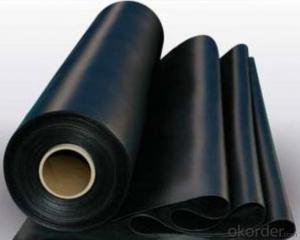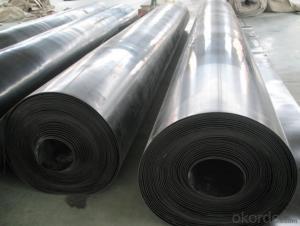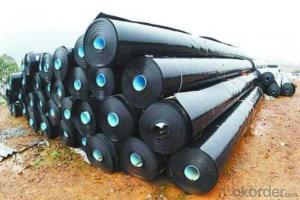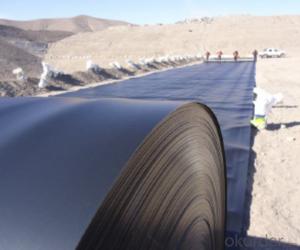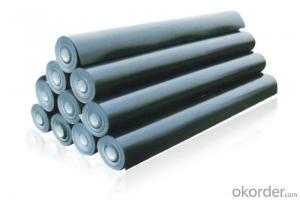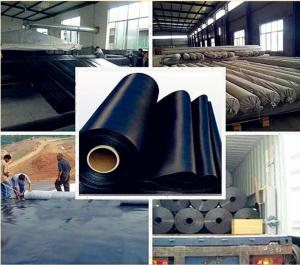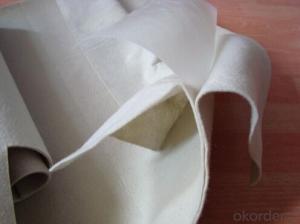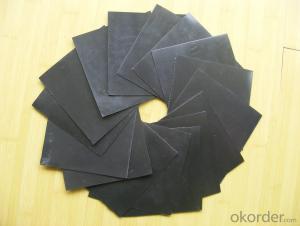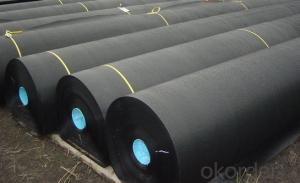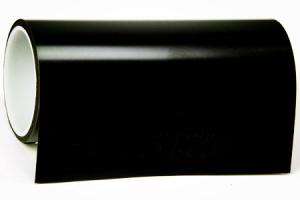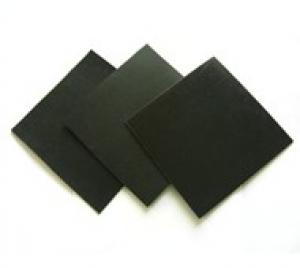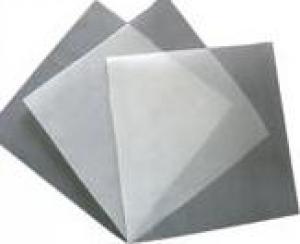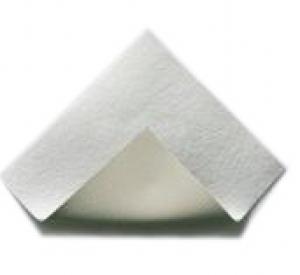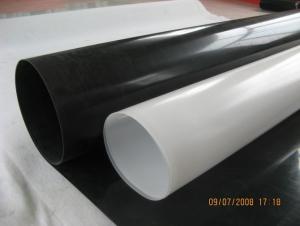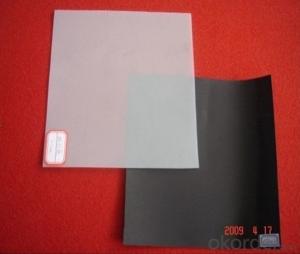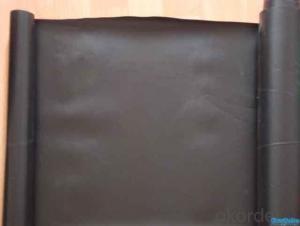Geomembrana 1.5mm of HDPE for The Constraccion
- Loading Port:
- Qingdao
- Payment Terms:
- TT OR LC
- Min Order Qty:
- 5000 m²
- Supply Capability:
- 100000 m²/month
OKorder Service Pledge
OKorder Financial Service
You Might Also Like
Geomembrana 1.5mm of HDPE for The Constraccion
Description Of Geomembrana 1.5mm of HDPE for The Constraccion
Geomembrane is a plastic Film Raincoat. Currently, the main raw materials of Waterproof Geomembrane are mainly Plastic polyvinyl chloride (PVC) and polyethylene (PE), Eva (ethylene / vinyl acetate Copolymer), also designed for Special use in applications of Tunnel (ECB Ethylene vinyl acetate Modified Asphalt mixture Geomembrane).
Main Features of Geomembrana 1.5mm of HDPE for The Constraccion
molecular structure
Polyethylene (PE) geomembrane is divided into low-density polyethylene (LDPE) geomembrane
linear low density polyethylene (HDPE) geomembrane
Applications of Geomembrana 1.5mm of HDPE for The Constraccion
1.HDPE geomembrane is applicable to environmental protection and sanitation: such as landfill, sewage treatment plant, power plant adjustive pool, industrial, hospital solid waste;
2.HDPE geomembrane is applicable to hydraulic engineering: such as seepage control, plugging, reinforcement for rivers, lakes and reservoirs and dams, drainage seepage control, vertical core wall, slope protection, etc.
3. HDPE geomembrane's applications in municipal engineering: subway, underground works of the building, planting roof, roof garden, sewage pipe seepage control;
IMages of Geomembrana 1.5mm of HDPE for The Constraccion
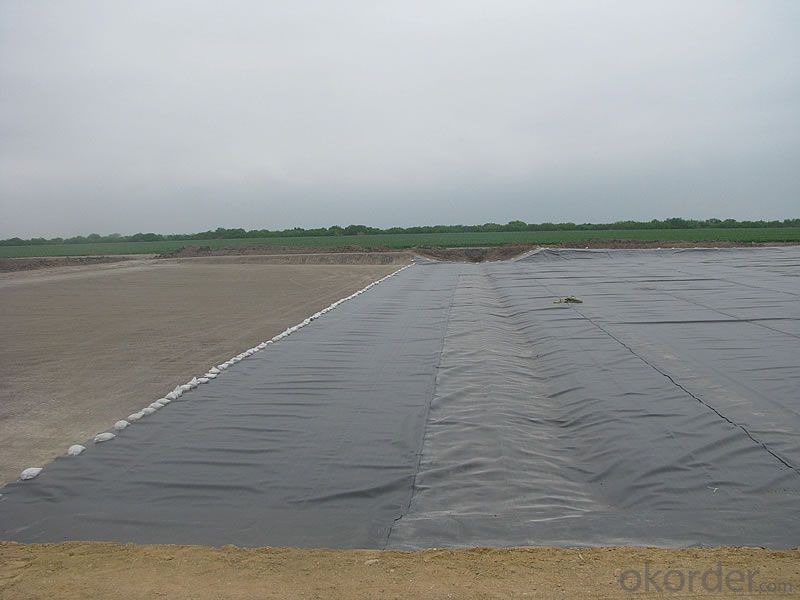

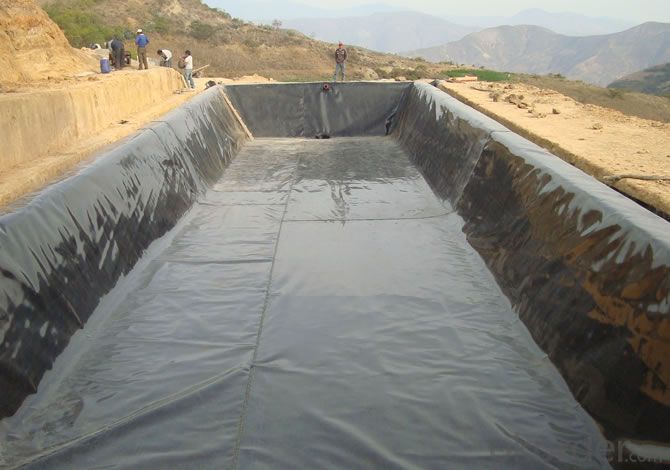
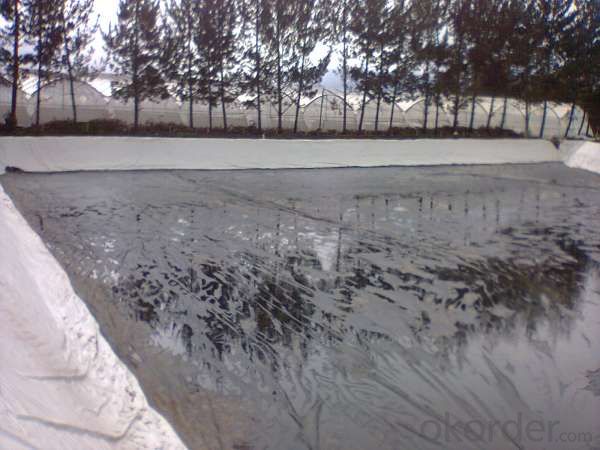
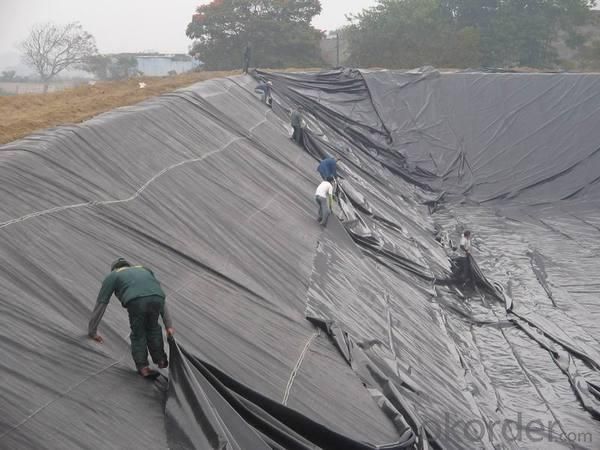
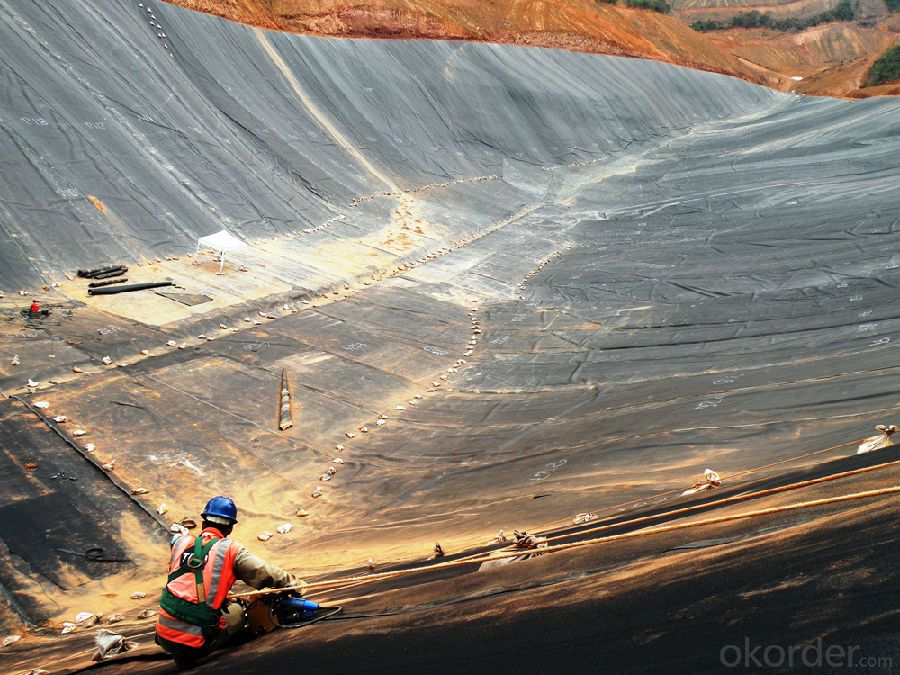

FAQ:
1. What are we supplying?
We are specialized in producing .geotextile , geocell, geogrid, geomembrane
2. How Many years experience do we have?
We have been exported to more than 15 countries in the past 10 years.
3. How long do we usually reply your request?
We always reply our customer within 12 hours.
- Q:How is PTC electrothermal?film?
- PTC is positive temprature coefficient which means when the temperature of the heating element rise, its resistance will rise (ordinary metal material has the characteristic, but the resistance of the material increases rapidly with the rise of temperature ), and the heating power decrease, and it will not reach the ignition point because of local covering lead to sharp rise in temperature. It is also known as self-regulating heating element, that is, the material itself has the function of limiting the rise of temperature , rather than limiting the temperature through the laid temperature sensor on the ground. Due to the characteristics of PTC, it is considered as a safe electric heating in the market, so many do not have the characteristics of the PTC material, also boast they are. This should be paid attention to.
- Q:Concrete engineering quality defects how to deal with?
- Phenomenon 1: Local lack of concrete surface rough paste, or a small pit, no exposed steel reinforcements. The reason: 1) template surface roughening or cleaning is not clean; 2) release agent brushing uneven or local leak brush; 3) the template joints loose stitching, slit pouring concrete slurry leakage. 4) vibration is not dense, concrete air bubbles remain in the bubble does not discharge a portion of the template surface. Patching scenarios: After the concrete surface well watered wet mortar with concrete grade will Pock smooth pressure light, the color is consistent. After the repair within 12 hours, water moisture conservation. Low partial concrete strength part, immediately remove and re-organize staff reinforced adjustment, formwork and pouring concrete, the template before pouring water wet. 2 phenomenon: A cavity within the concrete structure, no concrete local or cellular particularly large. The reason: 1) In the densely reinforced or reserved holes and embedded parts at the concrete pouring is not smooth; 2) out of order and construction technology construction serious operation, resulting in leakage vibration; 3) segregation of concrete, mortar separation, Dan Zicheng heap, or run pulp; 4) a cutting excessive vibration is not in place. Patching scenarios: The concrete around the loose and weak serous chiseled, rinse with water pressure, support is provided with trays template, moist after watering, a concrete structure with a high specific strength grade Semi hard fine stone concrete pouring carefully layered, powerful tamping, and conservation. Outstanding concrete structure surface, to be the strength of 50% and then chipped away, the surface with a 1: 2 cement mortar smooth
- Q:What is the specific method of sticking membrane?
- Use the auxiliary tool package equipped in the GOR reinforced glass film, take out alcohol bag and wipe out besmirch and sweat stain on the phone screen. 2. Use the auxiliary tools package equipped in the GOR reinforced glass film, take out wiping cloth and wipe alcohol water.
- Q:Application of polyethylene geomembrane.
- Sewage treatment plants, sea cucumber slope protection, chemical reaction pool: Chemical plants, roof garden anti-seepage, vertical wall: Seepage intensification, slope protection, oil refineries, irrigation systems anti seepage, polyethylene geomembrane suitable for transport facilities, sedimentation tank lining. 4, tailings seepage and other backing; as rivers, lakes and reservoirs dam seepage, water storage pond, power plants regulation pool, sedimentation tanks, industrial, drainage of seepage, tank seepage, ponds, factory farming pool, dissolved pool, water tank, slope protection, sewers, green roofs: Artificial lake. 8, leaking proof 6, polyethylene geomembrane for Salt: Road base reinforcement, polyethylene geomembrane for aquaculture industry, ashery. Saltworks crystalline pool, golf course water bottom. 9, heap leaching pool 1: Washing pool, prawn ponds lining. 3, reservoir, polyethylene geomembrane for agriculture, strengthening, building underground engineering, polyethylene geomembrane for municipal projects. 5, polyethylene geomembrane for mining, salt film, culverts impermeable, sanitation. 7: Reservoir: such as refuse landfill polyethylene geomembrane is suitable for gardening,storage yard, secondary lining etc., solid hospital wastes, green lawn waterproof tide like polyethylene geomembrane for water, polyethylene geomembrane for environmental protection.
- Q:How do geomembranes perform in high wind conditions?
- Geomembranes perform well in high wind conditions due to their strong and flexible nature. They are designed to withstand strong winds and are often reinforced with materials like woven or non-woven geotextiles. This reinforcement helps to prevent tearing or damage from wind forces. Additionally, geomembranes can be securely anchored to the ground using various methods, further enhancing their ability to withstand high winds. Overall, geomembranes are reliable and effective in protecting against wind-related issues in various applications.
- Q:Can geomembranes be used in stormwater detention systems?
- Yes, geomembranes can be used in stormwater detention systems. Geomembranes are impermeable liners that can effectively contain and control stormwater runoff, preventing it from infiltrating into the ground. They are commonly used in stormwater detention ponds, basins, and other storage structures to ensure proper management and control of stormwater.
- Q:What is the construction technology of geotechnical engineering?
- (1) Geological surveying and mapping. (2) Exploration and sampling. (3) In-situ test and laboratory test. (4) On-site inspection and monitoring. Engineering geological mapping is the basis of geotechnical engineering investigation and is usually carried out in the early stages of the investigation. The essence of this approach is to use geological and engineering geological theory to observe and describe the geological phenomenon, analyze its nature and rules, and thereby infer the geological condition of the subsurface providing evidence for other investigation methods like exploration and testing. In sites that have complex topography and geological conditions, engineering geological mapping must be carried out. However, for sites that is of flat terrain, simple geological conditions and relatively small space, engineering geological mapping survey can be replaced by investigation. Engineering geological mapping is the most economical and effective way to know the engineering geological conditions. High-quality mapping work can be fairly accurately infer the subsurface geological condition and effectively guide other investigation methods.
- Q:How do geomembranes handle hydrostatic pressure?
- Geomembranes handle hydrostatic pressure by providing a barrier that prevents the flow of water or other fluids through them. They are designed to be impermeable and resistant to the pressure exerted by the liquid, ensuring that it does not penetrate or damage the geomembrane.
- Q:What are the considerations for geomembrane selection in desalination plants?
- When selecting geomembranes for desalination plants, several factors need to be considered. These include the chemical compatibility of the geomembrane with the saline water and any chemicals used in the desalination process, as well as its resistance to UV radiation, punctures, and tears. The geomembrane's flexibility and ability to withstand temperature variations and potential settlement of the underlying soil are also important considerations. Additionally, factors such as installation and maintenance costs, expected lifespan, and environmental sustainability should be taken into account during the selection process.
- Q:How do geomembranes help in groundwater protection?
- Geomembranes help in groundwater protection by acting as a barrier to prevent contaminants from infiltrating the groundwater. These synthetic liners are impermeable and can be used to line landfills, ponds, and other containment areas to prevent leakage of hazardous substances into the underlying groundwater. This helps in safeguarding the quality and availability of groundwater resources, which are crucial for drinking water supply and ecosystem health.
1. Manufacturer Overview |
|
|---|---|
| Location | |
| Year Established | |
| Annual Output Value | |
| Main Markets | |
| Company Certifications | |
2. Manufacturer Certificates |
|
|---|---|
| a) Certification Name | |
| Range | |
| Reference | |
| Validity Period | |
3. Manufacturer Capability |
|
|---|---|
| a)Trade Capacity | |
| Nearest Port | |
| Export Percentage | |
| No.of Employees in Trade Department | |
| Language Spoken: | |
| b)Factory Information | |
| Factory Size: | |
| No. of Production Lines | |
| Contract Manufacturing | |
| Product Price Range | |
Send your message to us
Geomembrana 1.5mm of HDPE for The Constraccion
- Loading Port:
- Qingdao
- Payment Terms:
- TT OR LC
- Min Order Qty:
- 5000 m²
- Supply Capability:
- 100000 m²/month
OKorder Service Pledge
OKorder Financial Service
Similar products
New products
Hot products
Hot Searches
Related keywords
